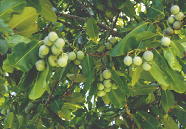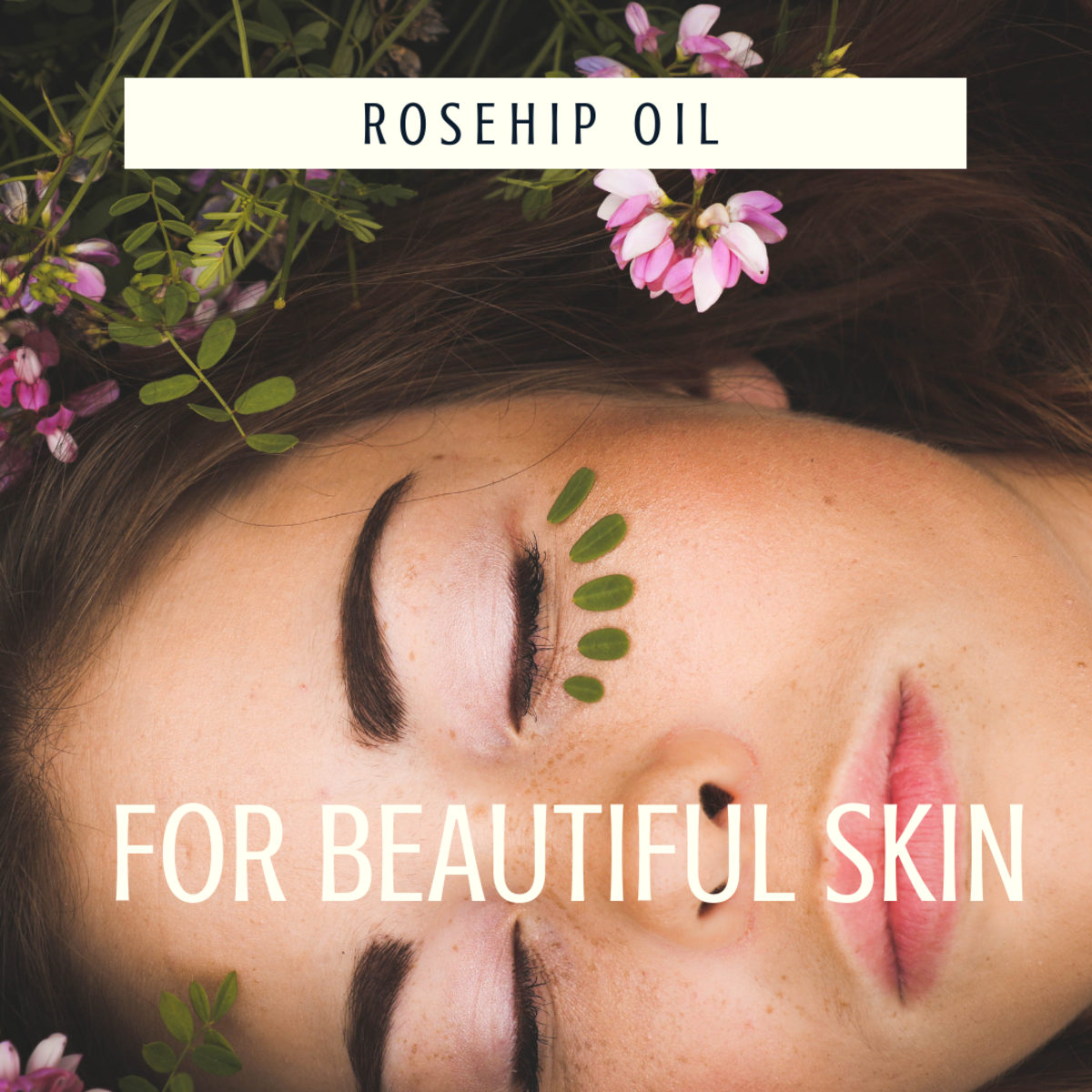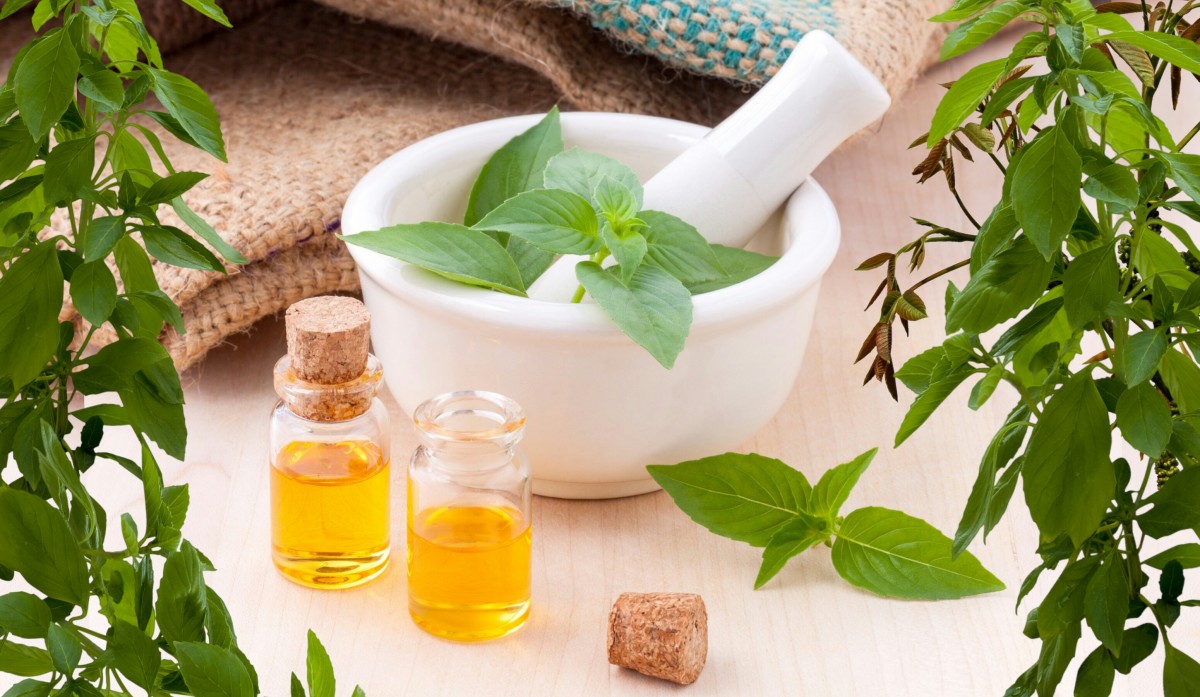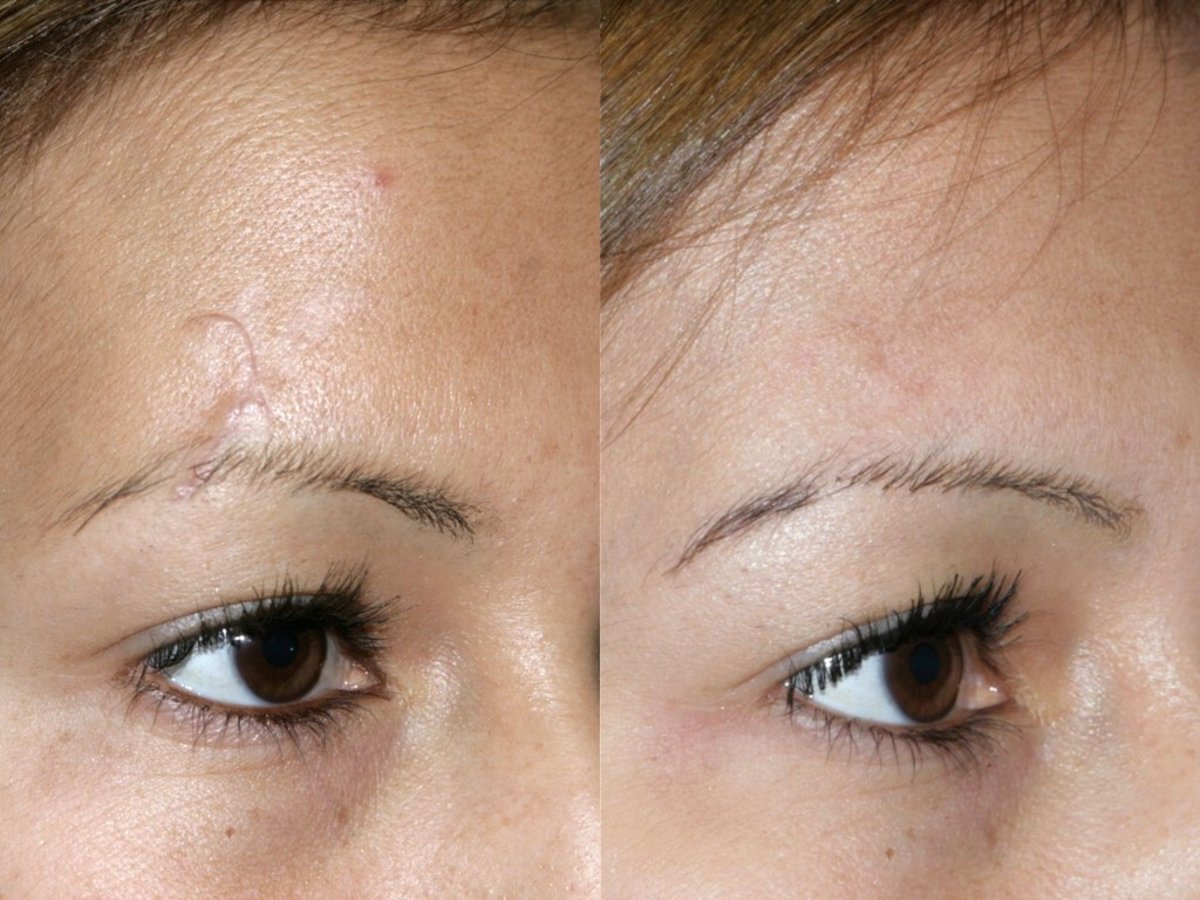Tamanu, Panacea Healing Oil

About Tamanu
A fascination with natural healing began many years ago as I avidly researched what the human body-mind-spirit needs to function optimally, and to understand how these needs can be provided.
Learning Herbal medicine, Flower Essences, Aromatherapy and hands-on healing techniques led me eventually to combine these modalities. The study of natural oils as a medium within which blending can occur harmoniously has taught me that the oils themselves are healing agents in their own right.
Tamanu Oil has become the most frequently used oil I add to the skin care formulas I make since its therapeutic healing capacity is truly amazing for so many things. And since I use what I make, I try to get as much Tamanu on my face and body as possible. I’d love to have you know about this oil since just a few short years ago it was not commonly known unless you lived in tropical Southeast Asia.
In Thailand, Malaysia, Vietnam, Sri Lanka, South India and the Polynesian islands the native people highly revered Tamanu's qualities. They used this oil for skin protection from hot sun, high humidity and ocean wind, and thought that gods hid in the branches of the Tamanu tree. They considered it a sacred gift nature had bestowed upon them.
When I started to learn about Tamanu I found the story of how it spread between tropical islands fascinating. The trees grow in coral-rich sandy soil on seashores. When they drop their seed-containing fruits onto beaches, the tides carry them out to sea. With the help of the ocean waters, what is considered a “driftnut” is washed to a new shore where it sprouts, roots and thrives in the coastal shallows, creating more tamanu trees!
How the oil is harvested is also interesting. Calophyllum inophyllum is known by different names depending on the island where it’s growing. The small white flowers of the 6 -10 foot trees have a sweet fragrant lime scent and are followed by yellow apricot-sized fruits in clusters. Similar in taste to an apple, the fruit contains a large nut with a kernel that is the source of the precious Tamanu oil. For two months they are dried in the sun, protected from humidity and rain, until they are sticky with a thick, rich oil that is then cold-pressed to make the greenish oil of Tamanu. The fruits are collected from the ground after they have fallen from the tree so harvesting is a positive and sustainable practice and supportive to the economies of small villages.
To further appreciate this amazing oil and put in perspective its fairly high price it’s relevant to know that 100 kilograms (approximately 220 lbs) of Tamanu fruit (the total a single tree grows each year) is required to make only 5 kilograms (about 11 lbs) of the ready-to-use cold pressed oil.

Why Is Tamanu So Precious?
In present day research Tamanu is proving to have many beneficial attributes. I consider it among one of the most useful oils to keep on hand in my personal first-aid Apothecary of must-haves! For topical applications it’s remarkable as an anti-inflammatory, anti-oxidant, anti-biotic, anti-fungal, anti-neuralgic and anti-microbial, making it useful in so many ways.
Traditional & Historical Uses & Benefits
Fiji natives use Tamanu oil for oozing wounds, joint pains, arthritis, bruises, chapped lips and preventing diaper rash. A nun stationed in Fiji in the 1920’s applied Tamanu oil topically to leprosy patients with positive results.
In the South Sea Islands it is utilized as an analgesic for rheumatism, sciatica and ulcers.
Pacific Islanders apply the oil to burns, cuts, abrasions, insect bites and stings, psoriasis, eczema, acne and acne scars, sunburn, diabetic sores, anal fissures, dry or flakey & scaly skin, blisters, diaper rash, herpes sores and to reduce foot and body odor
In Europe where it is often called Domba oil, it’s been successful for helping scabies and rheumatism.
Current Uses
According to A. C. Dweck, whose foremost research on Tamanu was published in 2002, “Tamanu – the African, Asian, Polynesian and Pacific Panacea” in the International Journal of Cosmetic Science, “Tamanu oil can be applied on skins as well as mucous membrane lesions. It heals small wounds, such as cracks and chaps, but is also efficient on more serious cutaneous problems: atonic wounds, physical and chemical burns, radiodermatitis, anal fissures or postsurgical wounds. Tamanu oil activity was studied in numerous clinical cases. Those healing, anti-inflammatory and antibiotic properties make Tamanu oil an excellent raw material for cosmetics, in regenerating and protective formulations.”
The Tamanu plant contains chemical components that have proven to be helpful in the restoration and regeneration of skin tissue. It can be applied directly to skin, undiluted, with no ill effects. So whether I make a salve for topical pain relief, healing wounds or softening scars, Tamanu is included as a hugely beneficial ingredient.
It has shown to enhance effective healing of
- ringworm
- post-surgical wounds
- skin allergies and rashes
- cracked skin
- bed sores
- wounds
- chapped skin
- abrasions
- boils
- infected nails
- athlete's foot
- burns (including boiling water, chemical, X-ray or sunburn)
When applied to the neck it is said to relieve sore throats.
Its pain-relieving properties have also been used to relieve nerve pain in neuralgia & shingles.
Tamanu oil possesses significant antimicrobial qualities, as proven in antibacterial and antifungal tests. It contains powerful bactericidal and fungicidal agents.
Tamanu for Hair & Scars
I have curly hair that tends to be dry and find the following regimen adds curl, definition, bounce, shine and cuts frizz.
Start with a mixture of half aloe gel and half water (or a hydrosol such as Chamomile or Rose). Then add Tamanu to the mix in a spray bottle (at about 5-10% of the total) and use as a spritz on towel-dried hair after shampooing. Due to the high cost of pure Tamanu oil, you can dilute it with a carrier oil such as sweet almond oil or jojoba oil. Because of Tamanu’s unusual nutty smell, I like to add a few drops of Essential Oil such as Geranium, Lavender, Bergamot, Patchouli or Lemongrass. In addition to how good your hair will look and feel after this treatment, you will have none of the chemicals to deal with that are used in commercial products. An easy stay-in hair conditioning!
This same Tamanu oil blend (without the water and aloe) can also be used as a deep-moisturizing, warm oil treatment for hair and scalp before shampooing. Massaging your scalp with this oil can help prevent hair loss, gets rid of dandruff and itching scalp, and will condition and moisturize dry hair. Warm it gently (please be careful as oil gets very hot… test it carefully before use to make sure you don’t get burned!) and massage on to hair and scalp paying attention to dry ends. Wrap your hair in a towel or shower cap and leave it on for at least 20 minutes. I often leave it on for several hours for deep conditioning. Then shampoo out and your hair will show wonderful results.
Treatment for scars
In clinical tests, Tamanu oil improved the appearance of scars and also shrunk scar tissue over time. Try Tamanu oil topically on stretch marks and scars and see if the successfully documented results work for you.
For thorough documentation on the ability of a product containing Tamanu oil to improve scar appearance, see page 7 of this research by A. C. Dweck, “Tamanu (Calophyllum inophyllum) – the African, Asian, Polynesian and Pacific Panacea.”
In Conclusion I find this oil remarkable in so many ways and think you will see immediate positive results by adding it to many of your personal care regimens!









